Subtotal: $27.90
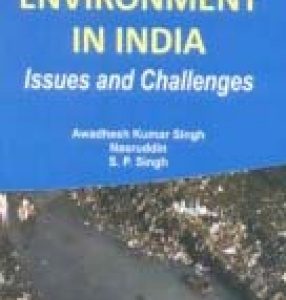
Subtotal: $27.90
Showing all 21 books


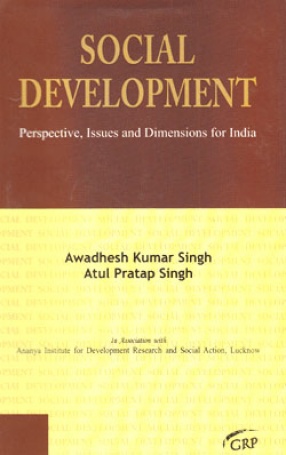
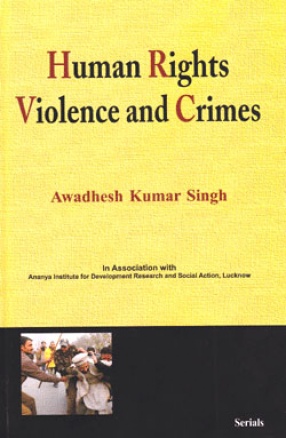
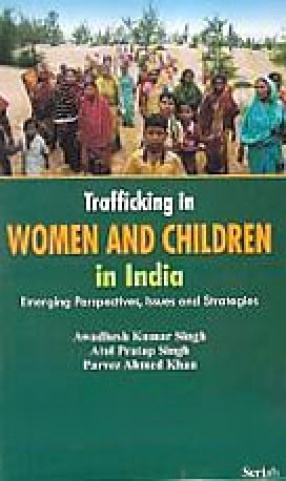
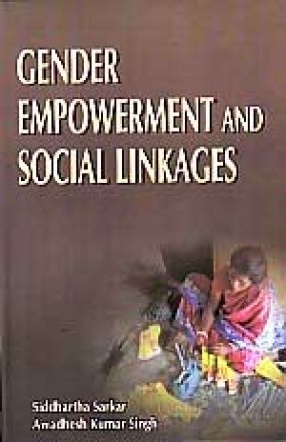


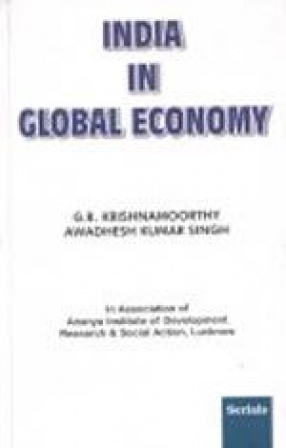
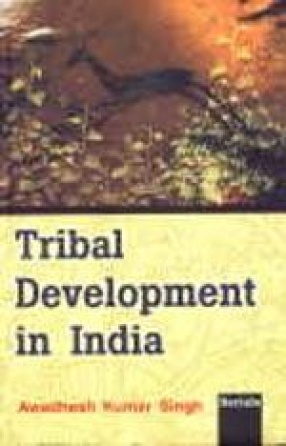

Growing urbanization is posing serious environmental concerns in India in terms of changing land use pattern, increasing carbon emissions, solid waste generation and disposal, air and water pollution and poor sanitation amenities. A large segment of urban population in India resides in slums, squatters and informal settlement. These settlements are often located in low laying areas prone to direct and indirect risks due to environmental degradation including ...
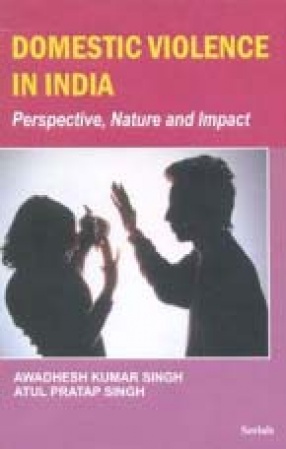
Violence against women is gradually increasing worldwide with change of time and increasing space for women in economy, family, society and politics. India is no exception of it. The violence against women and girls is rooted to unequal power relations between men and women due to patriarchal setup of the society. The domestic violence includes physical, mental, financial, and sexual abuse inflicted upon a woman by any member of the family directly or indirectly. ...

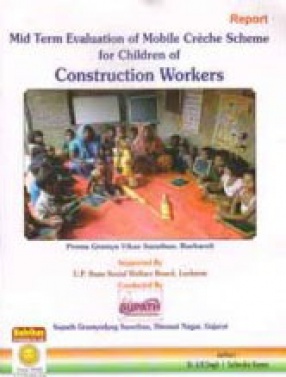


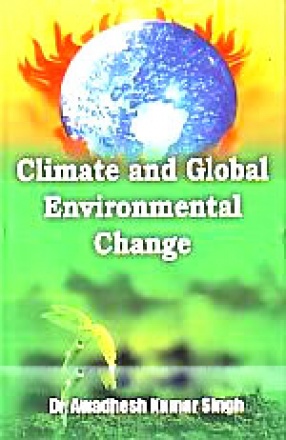


Social Development is an approach to promoting people’s welfare that is well suited not only to enhancing the quality of life for all citizens but to responding towards the problems of distorted development that integrates economic and social objectives. Social development offers a comprehensive macro-perspective that focuses on communities and societies, emphasizes planned intervention, promotes a dynamic change-oriented approach, which is inclusive and ...

It is a fallacy that human rights is a western concept which has grown only after the World War II, commencing with the United Nation’s Charter, 1946, followed by the UN Declaration of Human Rights (UDHR) (1948) and the International Covenant on Civil and Political Rights and the International Covenant on Economic, Cultural and Social Rights in 1966, with other International instruments to follow. No doubt the awareness increased with the holocaust of the ...

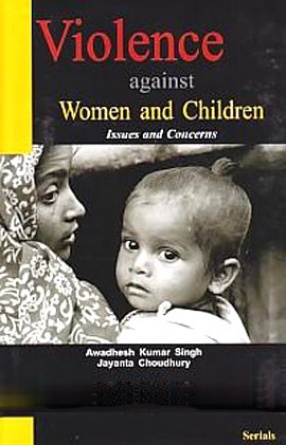
Violence and Crimes against women has been a world wide epidemic. Crime against women is a common evil in Indian Society and has deeply rooted traditionally in Indian culture. Crimes have been classified under Indian Penal Code as Rape, Kidnapping and Abduction, Homicide for Dowry and Dowry deaths, Torture, molestation, sexual harassment and importation of girls. In India various gender specific laws have been enacted as Immoral Traffic (Prevention) Act, 1956, ...


Tourism has emerged as one of the most important area in the Planning process with multidimensional approach since it covers a large number of economic activities. The tourism industry tends to generates substantial resources and employment. India has large potential for tourism and it is likely to retain the pre-dominant position within South Asia. This has been well recognized in the new tourism policy and action plan which envisage strategic planning, ...


North-East India is endowed with resources of land, water, forest, minerals etc. The region is also rich in diverse culture, ethnicity and heritage. The demographic profile of the region is undergoing rapid change. Projections reveal that percentage of population in age group of 0-4 years will decline and the population in the reproductive age group will undergo a massive increase. The demographic transition is both a challenge and an opportunity for the country. ...

This book is an attempt to present various facets of Indian economy, particularly in the context and light of globalisation that is sweeping over the world right now. The first part, in the book spells out various perspectives on Indian economy: starting from 'economic development in India' and to the role of small industries in the era of globalisation. Same way, this part discusses the impact of globalisation on co-operatives development and also on Indian ...
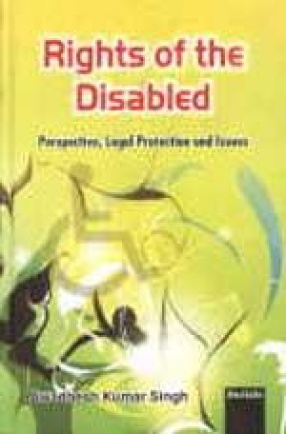
Physically and mentally challenged persons are most marginalized and suffer from social deviance, stigma and social exclusion and oppression. As it is estimated that 600 million persons with disabilities are all over the world, while in India about 70 million disabled live. People with disabilities comprise between 4 and 8 per cent of Indian population (around 40-90 million). Census of 2001 reported that 21.91 million (2.13 per cent of total population) people ...

Women empowerment is a buzz world today. No country can afford development without considering women who constitute about half of its stock of human resources. Women empowerment through self help groups based on microfinance has been central to development agenda in India. Indian government has also paid special attention to women's empowerment. Women's empowerment encompasses their enhanced status in social, political and economic spheres. Self help group based ...
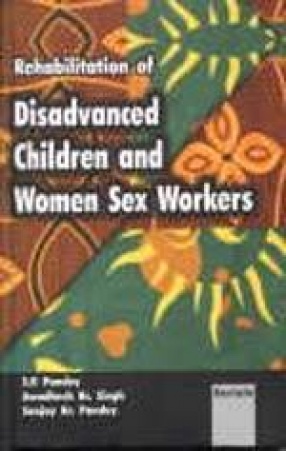
Children form the first priority on the National agenda as they are most vulnerable and foundation of the nation. However, the exploitation, neglect, discrimination and violence against children have caused enormous social distortions and violations of human rights. The porous borders have added the new dimensions in trafficking in girls and young women in India as large number of girls and young women are being trafficked from Nepal and Bangladesh and are thrown ...

Tribals in India present a significant degree of cultural and ethnic diversity. They differ in their socio-cultural levels as well as in their behavior patterns. Tribal situation in the country poses peculiar problems of development, not encountered in other areas. The peculiarities can be broadly summed up as geographical, demographic, socio-cultural and exploitative. Tribal development indicates serious challenges to the policy makers, administrators and ...
